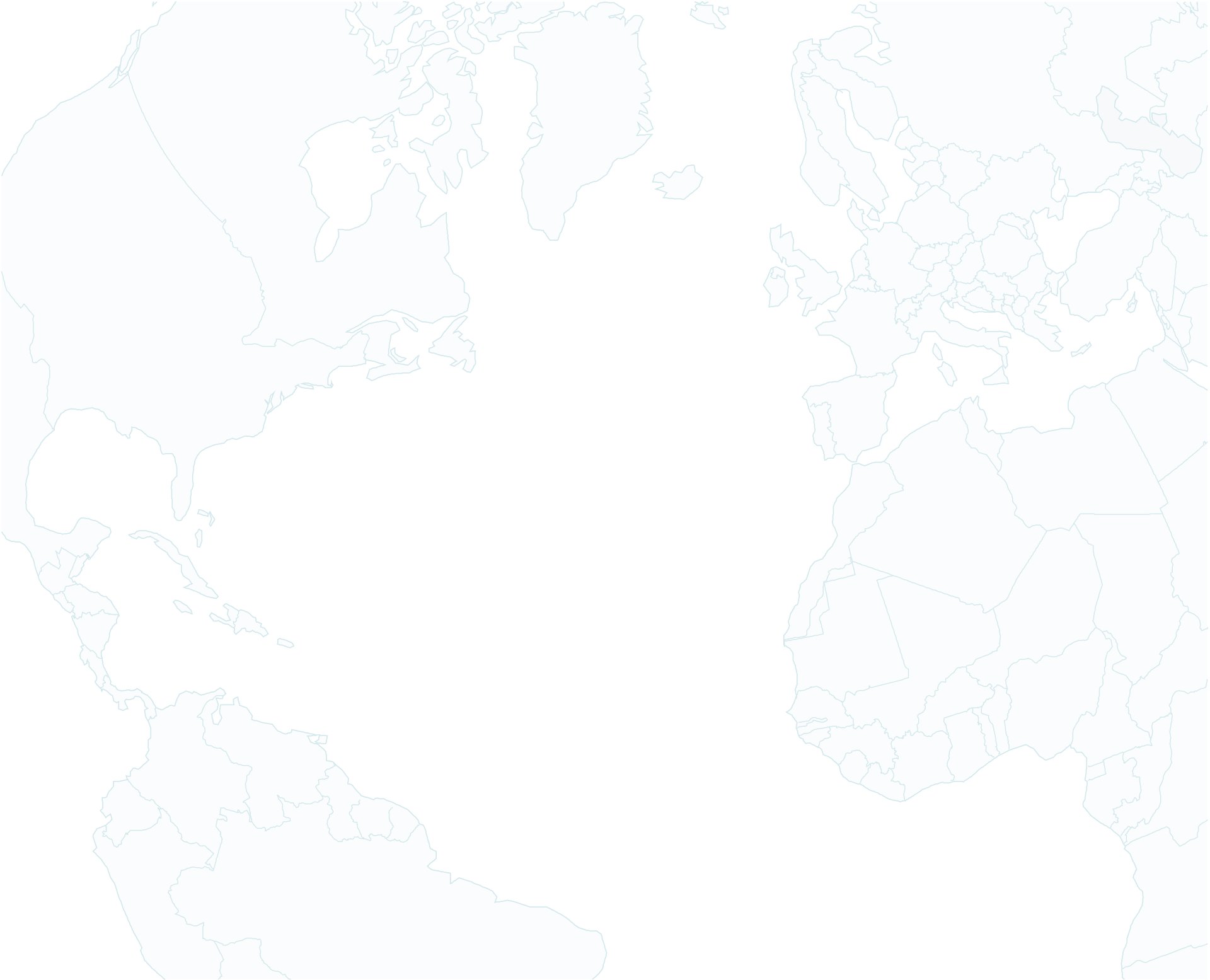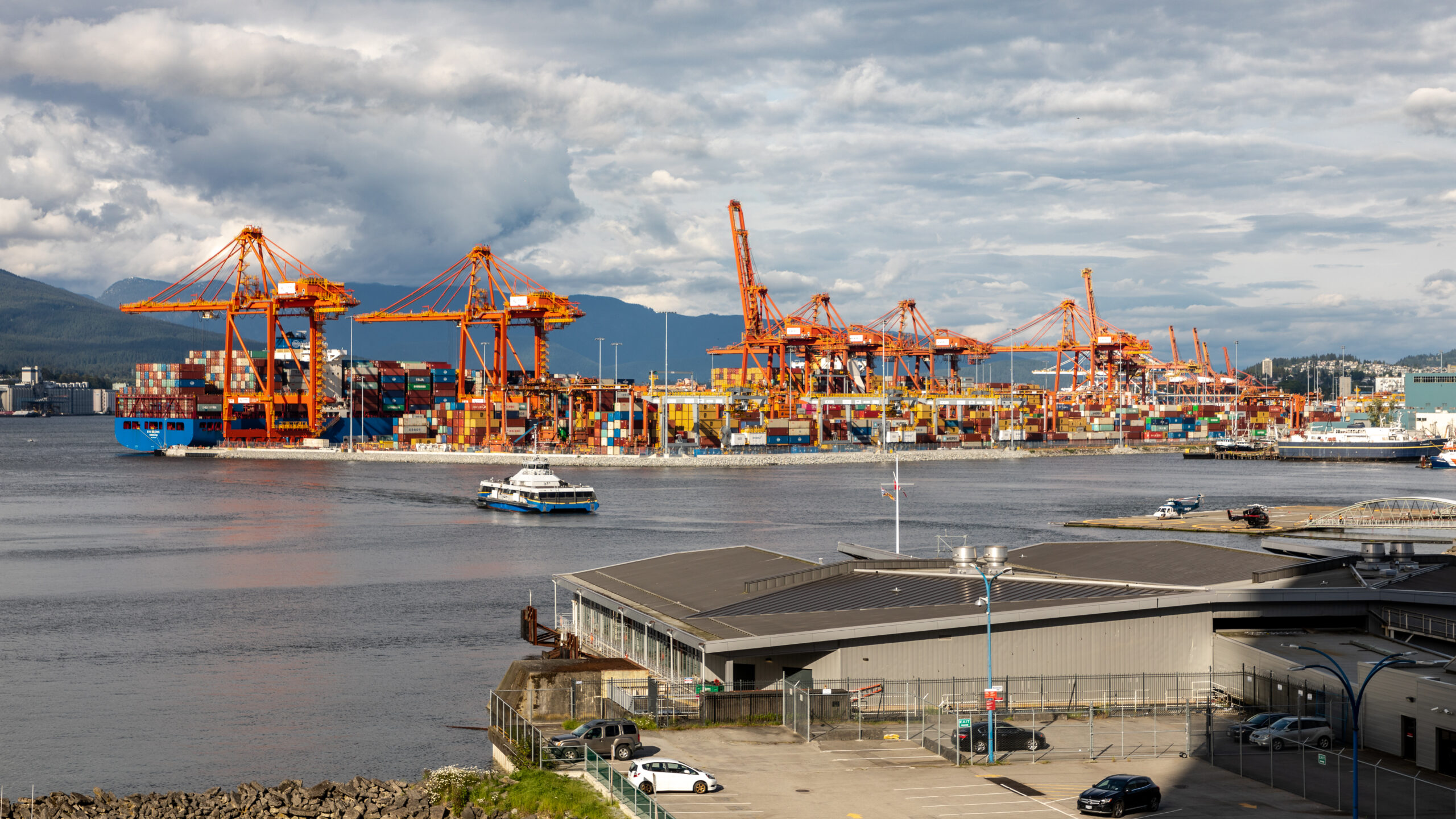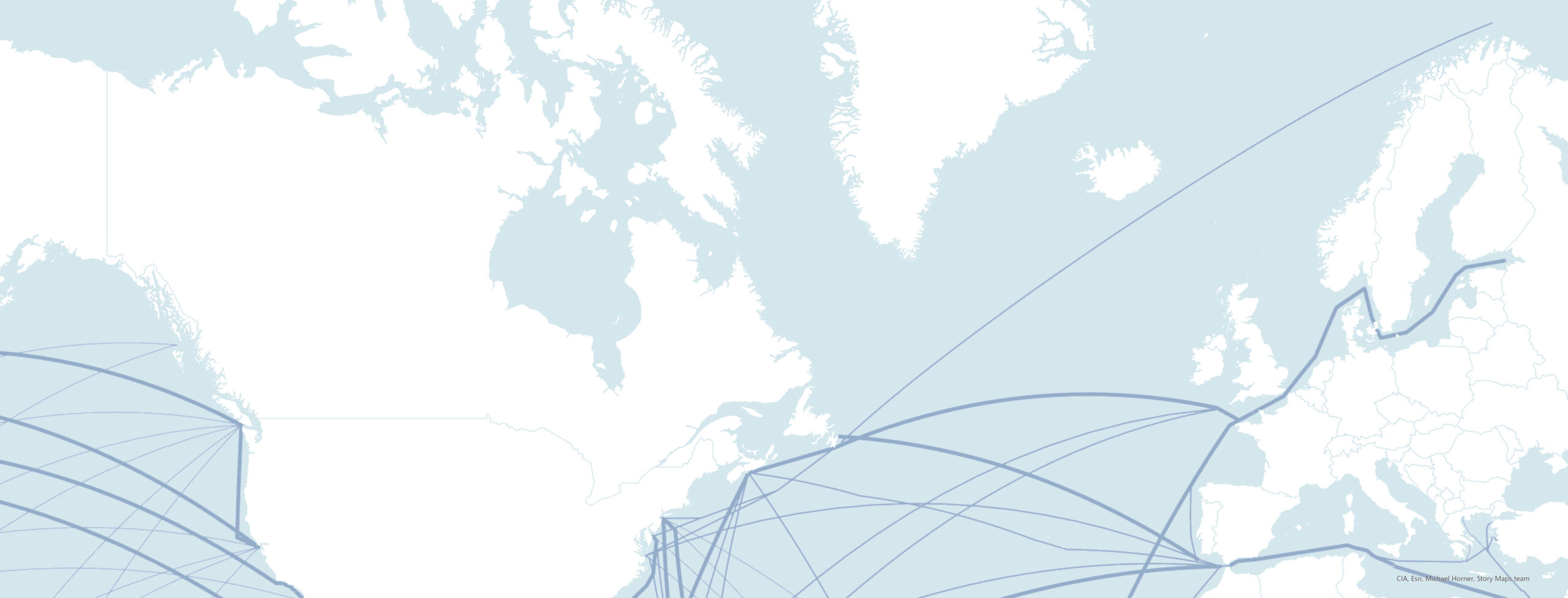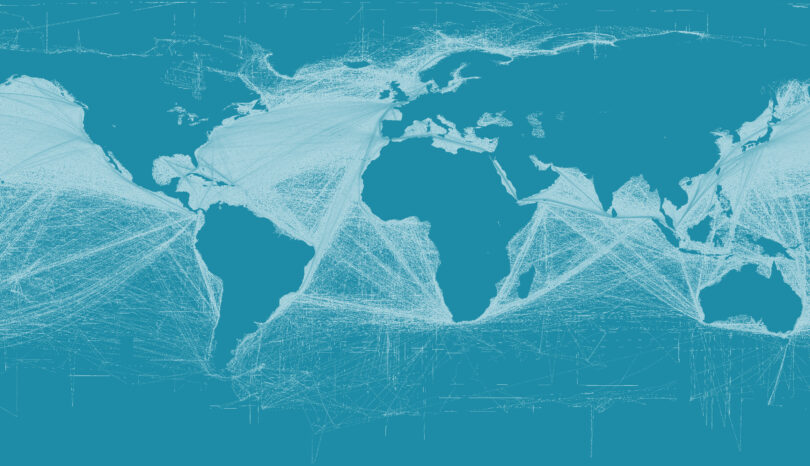
A Global Problem
Shipping is the backbone of the global economy. By volume, 90 percent of global trade travels by ship. Compared to other modes of transportation, shipping is typically the most efficient and cost-effective means of moving goods. The sheer scale of the industry means that shipping emissions are a huge and growing problem that threaten global progress to reduce greenhouse gas emissions.
Carbon dioxide, black carbon, and methane from ships are major contributors to both global warming and negative health outcomes in port adjacent communities. The shipping industry produces over 1 billion tonnes of greenhouse gas (GHG) emissions every year—about 3 percent of global emissions, roughly the same as a major industrialized country like Japan or Germany. Without greater efforts to support the transition to zero-emission technologies, shipping emissions could increase by up to 130 percent by 2050.
The rapid decarbonization of ports and shipping must take place in this decade and new investments in fossil fuel infrastructure to power ships must stop if we’re to prevent irreversible global impacts due to climate change. Five percent of the global fleet and 15 percent of the domestic fleet must be emission-free by 2030 in order to tip the scales on adopting zero-emission fuels at a rate in line with the Paris Agreement. The maritime energy transition will require collaborative action from of all levels of government and industry to begin the planning and build-out of the shore-side electricity and clean fuel infrastructure required to power zero-emission marine vessels.

A Bowhead whale near Ellesmere Island
Credit: Adobe Stock
Solutions at Home
Canada’s biggest trading partners are taking steps to reduce emissions for ships calling at their ports. Canada has an opportunity to join with these nations to drive ambitious action and create transformative change that the rest of the world will have no option but to follow.
Canada’s low-cost clean electricity, skilled energy workforce, and vast renewable energy resources position Canada to become a major producer of low- and zero-carbon shipping fuels such as green hydrogen and hydrogen-derived fuels like ammonia and methanol. Future-proofing Canada’s economy will ultimately depend on the country’s ability to adopt new, innovative technologies in step with global economies that are also rapidly decarbonizing.
Our Role
As part of a holistic strategy to protect the ocean, Oceans North is working to decarbonize maritime emissions that are contributing to climate change and adversely impacting communities and the environment.
Our approach includes ongoing public education and awareness initiatives, research, as well as engagement with government, stakeholders, and Indigenous partners, to create community-driven solutions for the development and uptake of zero emissions technologies and practices.

Credit: Dietmar Rabich (Wikimedia; CC4.0)
Zero-Emission Ports
Ports are a key component of Canada’s economic infrastructure, employing over 200,000 Canadians and generating billions of dollars in economic output, while also facilitating global trade.
Placed at the beginning and end of every major highway and rail line across the country, ports are vital infrastructure hubs where multiple modes of transportation converge. Ports are therefore strategically placed to scale the use of zero-emission transportation fuels and renewable electricity.
Port emissions in Canada are on the rise. If Canada is going to achieve its net-zero by 2050 emissions target and remain competitive in a carbon-constrained world, it must decouple economic growth from growth in greenhouse gas emissions. Replacing diesel use at ports with renewable electricity and clean hydrogen will provide the building blocks for decarbonizing ocean-going shipping while creating new economic opportunities and improving health outcomes for near-port communities.
Shore Power
At-berth emissions from ships are a major contributor to climate related greenhouse gas emissions and air pollution at ports. Shore power at berth, or “cold ironing,” is when ships plug into the electricity grid and turn off their diesel-powered auxiliary engines. Shore power is a mature, commercially viable technology that is quickly becoming the gold standard for eliminating ship pollution in major cities and has been mandated through regulation in California and Europe.
Oceans North is advocating for the mandated use of shore power for all vessels at berth by 2030, including the renewal and expansion of Canada’s Shore Power at Ports Program, and the development of regulatory measures requiring at berth connection for all vessel types.
Pan-Canadian Ports Initiative
Shore-side port operations rely heavily on high-emitting diesel-powered cargo handling equipment. This equipment is well suited to be powered by hydrogen fuel cells, providing an opportunity for on-site use of hydrogen with multiple port users sharing common fuelling infrastructure (a key feature in regional hydrogen hub development as identified during the Ports and Maritime Hydrogen Summit Series).
Oceans North is working with major ports and fuel cell developers on the Pan-Canadian Ports Initiative—a project that aims to prove the viability of hydrogen-powered container handling equipment such as reach stackers, yard tractors, rubber tire gantries, and fuelling infrastructure.

Zero-Emission Marine Vessels
A variety of marine vessels such as tugboats and workboats operate in Canada to fulfill a range of commercial operations, including fishing, public transportation, goods transport, and support services.
Most of these vessels run on fossil fuels and will need to transition to alternative energy sources on pace with other modes of transportation.
The Global Maritime Forum estimates that 15 percent of domestic fleets will have to be powered by renewable electricity or zero-emission fuels by 2030 in order to support a Paris aligned decarbonation pathway for the marine sector.
Given the lifespan of a marine vessel is typically more than 20 years, it is critically important that new technologies and fuels are deployed at a rapid pace to avoid locking in fossil fuel infrastructure. Clearly defined 2030, 2040, and 2050 emission reduction targets—along with incentives to accelerate the rate at which new technologies are adopted—will help jumpstart the marine energy transition.
Battery Electric Lobster Boats
Oceans North assembled a team of energy experts, naval architects, boat builders, and fishers to undertake a first-of-its-kind fleet-wide energy assessment of the Nova Scotia in-shore lobster fleet. The research found that the majority of inshore lobster fishing vessels work within 20 kilometres of shore, making them prime candidates for battery electric propulsion systems. The report provides a high-level assessment of the cost to purchase and operate zero-emission propulsion systems and provides recommendations for policy makers, which include financial support for feasibility assessments and demonstration projects.
Oceans North has also partnered with the Membertou First Nation, Rimot, and Allswater Marine to design and build the first purpose-built electric lobster fishing vessel and bi-directional charger. This ambitious project will showcase the commercial viability of electric workboats, lowering the barriers to adoption of zero-emission propulsion throughout Atlantic Canada and the rest of the country.
Zero-Emission Passenger Ferries
Ferries operate on simple, repeating missions, making them a clear candidate for advancing battery electric and hydrogen fuel cell applications. Emission-free ferries are being deployed around the globe, including several ferries currently in service in Canada. Given that ferry services are typically supported in part through public funding, ferries provide a crucial opportunity to leverage public funding available to decarbonize the transportation sector.
Oceans North is advocating for the full decarbonization of ferries and harbour craft in Canada by 2035.

Credit: Oceans North
Zero-Emission Trade Routes
A zero-emission trade route, also known as a “green shipping corridor,” consists of two or more ports or a cluster of ports that can provide reliable access to zero-emission fuels and shoreside fuelling infrastructure.
Green shipping corridors are designed to accelerate maritime decarbonization through zero-carbon fuel development and testing and help to stimulate new partnerships across the clean fuel value chain.
Over the last few years, dozens of green shipping corridor initiatives have been announced around the world, including some in Canada. These initiatives all differ in how they are led, the type of routes being examined, and the overall aims and objectives. By understanding the opportunities and challenges of the different approaches, we can ensure that green shipping corridors involving Canadian ports effectively contribute to the long-term uptake of zero-emission fuels at scale and position Canada to benefit.
Canadian Green Shipping Corridor Assessment
Oceans North has undertaken the Canadian Green Shipping Corridor Assessment, which looks at the benefits of marine decarbonization through case studies focusing on ports in Vancouver, Prince Rupert, and Halifax. The case studies use AIS data to estimate the potential uptake of zero-emission marine fuels in 2040 and identify potential clean fuel typologies based on the local energy context.
Great Lakes Green Shipping Corridor Baseline Scoping Assessment
Oceans North has also initiated the Great Lakes Green Shipping Corridor Baseline Scoping Assessment, which investigates what the Great Lakes regional context means for different green shipping corridor technologies. The assessment will also look at opportunities, barriers, and benefits for a range of approaches to implementing a green shipping corridor on the Great Lakes.

